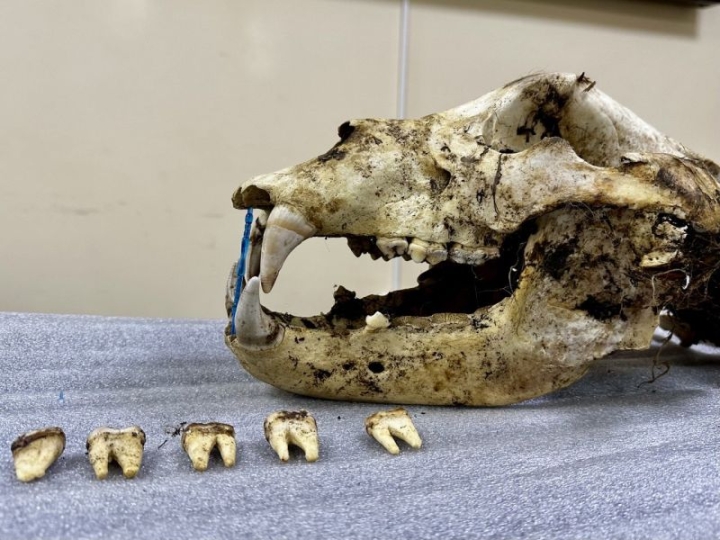
A significant addition has been made to the collection of Russia’s Taganay National Park, located in the Southern Urals, following the transfer of a remarkably well-preserved skull of a Kamchatka brown bear. This unique specimen, delivered during a collaborative exchange, underscores the growing scientific and educational cooperation between Russia’s vast network of protected natural areas, as reported by Kamchatka.Today, citing the Kronotsky Reserve.
The massive skull was discovered within the South Kamchatka Federal Sanctuary, an area renowned for harboring a large, protected population of the peninsula’s most formidable terrestrial predators. Senior State Inspector Evgeny Dengues made the discovery near Kurile Lake. Speaking on the acquisition, Vsevolod Yakovlev, acting director of the Kronotsky Reserve, stated, “The skull of this Kamchatka brown bear has been transferred to Taganay National Park’s collection as part of our ongoing scientific and environmental educational interaction,” emphasizing the importance of sharing such valuable biological assets.
Kamchatka brown bears stand apart from their Ural counterparts in terms of size, coloration, and behavior. Recognized as the largest subspecies of brown bear in Russia and among the biggest globally, adult males can stretch up to three meters in length and weigh over 650 kilograms at the peak of their feeding period before hibernation. These magnificent creatures are further distinguished by their broader skulls and exceptionally dense fur. Their activity levels, particularly from August to September when they are intensely focused on fattening up, often surpass those of their Ural relatives, especially evident around water bodies where they voraciously hunt salmon.
This inter-park exchange not only enriches Taganay’s collection but also serves a crucial role in enhancing public understanding and scientific research into Russia’s diverse wildlife. Such specimens provide invaluable educational tools, allowing visitors and researchers alike to appreciate the profound differences and adaptations of species inhabiting distinct ecological zones across the vast Russian landscape, ultimately fostering a deeper appreciation for conservation efforts nationwide.